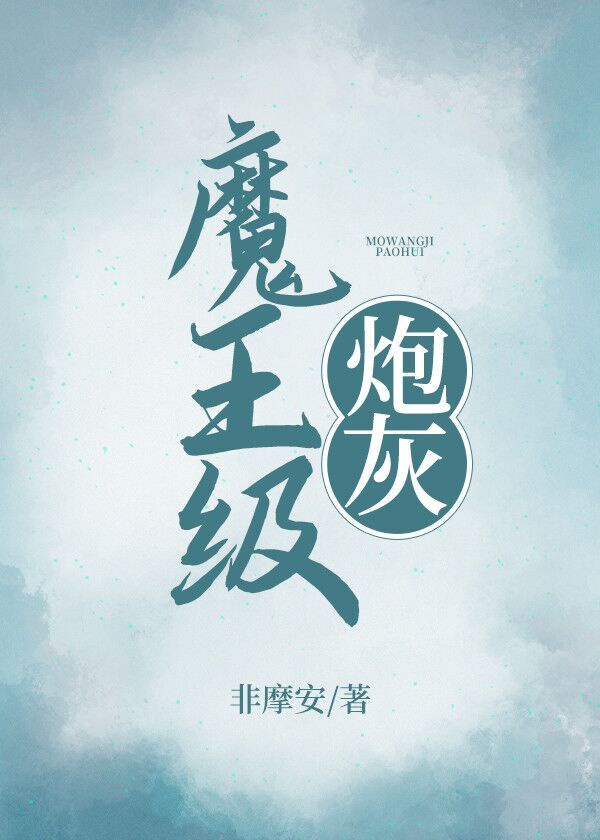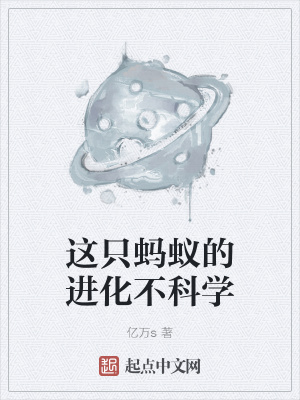Here is a 845-word introduction to the story of Rapunzel (the English version):Rapunzel: A Classic Fairy TaleRapunzel is a classic fairy tale that has been enchanting readers and audiences for centuries. The story of the beautiful young maiden with impossibly long, golden hair who is trapped in a tower was first published in 1812 by the renowned German authors, the Brothers Grimm. However, the origins of the tale can be traced back much further, with similar stories appearing in various forms across different cultures throughout history.The basic plot of Rapunzel follows a young girl who is kidnapped as a baby by an evil enchantress and locked away in a tall tower with no doors or stairs, only a room at the top accessible by climbing up the girl's long, flowing hair. The girl, named Rapunzel, grows up isolated in the tower, longing for freedom and the chance to explore the outside world. Her beautiful singing voice often attracts the attention of a handsome prince riding through the forest, and the two eventually meet and fall in love. However, their romance is discovered by the wicked enchantress, leading to a dramatic confrontation and a series of tragic events.While the core narrative has remained largely the same over the centuries, the specific details and storytelling elements of Rapunzel have evolved and been reinterpreted in countless ways. The Grimm brothers' version, for example, is considerably darker and more violent than some of the more modern, Disney-fied adaptations that emphasize the story's romantic and fantastical elements. One of the most compelling and enduring aspects of the Rapunzel tale is the rich symbolism and deeper themes that have been unpacked by scholars and creative interpreters over the years. The young heroine's impossibly long hair, which serves as both her prison and her means of escape, is often seen as a metaphor for female sexuality, power, and the struggles of growing up. Rapunzel's isolation in the tower can be viewed as a representation of the societal constraints and limitations placed on women, while her eventual liberation represents the fight for independence and self-determination.Additionally, the dynamic between Rapunzel and her captor, the evil enchantress, has been analyzed as a complex maternal relationship, with the enchantress both nurturing and controlling the young girl. This mother-daughter conflict, and the ways in which it reflects real-world issues of abuse, manipulation, and the right to one's own identity, has made Rapunzel a particularly resonant and thought-provoking story.Over the decades, Rapunzel has been adapted and reimagined countless times across various media, from classic fairy tale books and animated films to modern novels, plays, and even operas. Each new interpretation brings a fresh perspective, allowing the story to remain relevant and captivating for new generations of audiences.In 2010, the Walt Disney Company released its own take on the Rapunzel story in the form of the animated film "Tangled." While staying true to the core narrative, the filmmakers introduced several notable changes, including a more proactive and adventurous Rapunzel, a quirky and humorous sidekick in the form of a talking chameleon, and a greater emphasis on the romantic relationship between Rapunzel and her prince. The film was a critical and commercial success, further cementing Rapunzel's status as one of the most beloved and enduring fairy tale heroines of all time.Beyond the screen, Rapunzel's influence can be seen in a wide range of creative works, from the haunting paintings of the Pre-Raphaelite artists to the fantastical illustrations of contemporary children's book authors. The story's themes of captivity, freedom, and the power of love have also inspired countless retellings and adaptations in literature, from Margaret Atwood's "Hairball" to Gregory Maguire's "Out of Oz."Ultimately, the timeless appeal of Rapunzel lies in its ability to capture the universal human experiences of longing, sacrifice, and the triumph of the human spirit. Whether in its original Grimm form or one of its many modern incarnations, the tale of the young woman with the golden hair continues to captivate and inspire audiences around the world, reminding us of the enduring power of storytelling and the transformative potential of imagination.
"。(米格尔·德索萨)"。




















